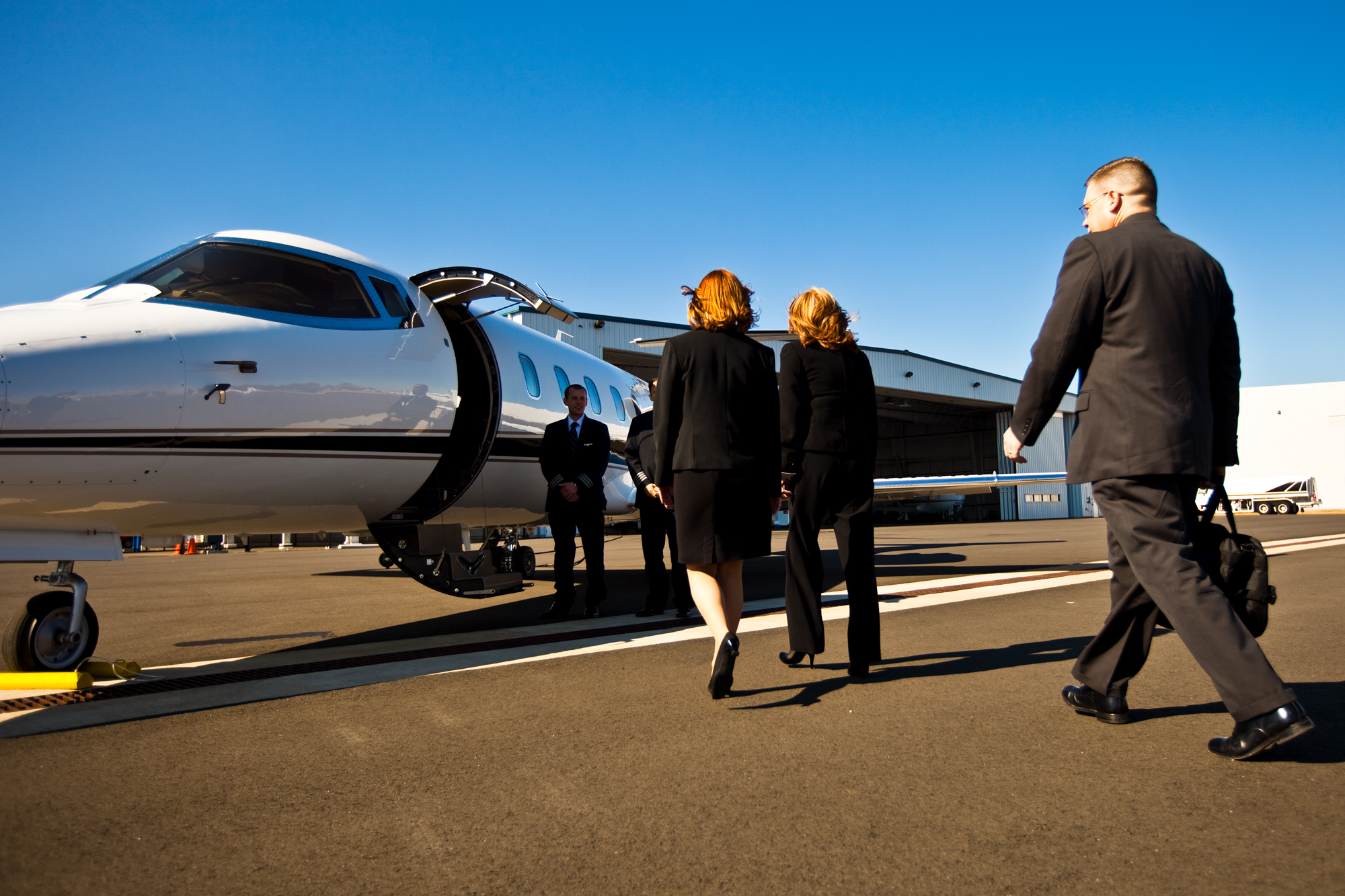
Non-commercial operators can make their aircraft available to third parties via non-exclusive dry leases, but tax, insurance and other considerations can be complex.

June 11, 2018
There are many situations in which an operator may want to make its aircraft available to a third party. Usually this can be accomplished via a non-exclusive dry lease.
Leasing transfers possession of the aircraft without transferring the title. A dry lease furnishes an aircraft, but the lessor provides no crew. (A lease that includes crew is called a “wet lease,” and requires an FAA commercial certificate – unless specifically authorized under FAR 91.501 or FAR 91.321.)
With non-exclusive leases, the owner can furnish the aircraft to more than one lessee during the same lease term, with operational control switching between the lessor and each lessee on a flight-by-flight basis. Dry leases, and the rates lessees pay, can be defined on a monthly, daily or even hourly basis. A rule of thumb for deter-mining the monthly rate is 1 percent of the aircraft’s value. Hourly rates are often set based on aircraft costs. “A common arrangement is to lease an aircraft to one company for Part 91 operations and to a Part 135 operator for charter,” said Jeff Wieand, senior vice president and general counsel of Boston Jet Search. “Those would both be non- exclusive dry leases.”
To avoid an illegal “sham dry lease” between parties, it’s important that the lessor not provide or even arrange pilots for a lessee’s use of the aircraft. The FAA has determined that when the lessor (or related entity) employs the pilots hired by the lessee, it is actually a wet lease.
Although there’s no limit on the number of parties an aircraft may be leased to, there are considerations.
“When we see a number of lessees who don’t know each other, and don’t know the owner, all leasing the same aircraft non- exclusively and flying with the same pilots, that raises some red flags,” said Joanne Barbera, founding partner of aviation law firm Barbera & Watkins, LLC. “From a safety standpoint, the FAA is concerned with ensuring each lessee has operational control of the aircraft when they are flying it, and understands the risks, responsibilities and liabilities that go along with that.”
The FAA’s truth-in-leasing requirements resulted from these safety concerns. For large aircraft, within 24 hours of executing a lease, the lessee must send a copy to the FAA’s Aircraft Registry, and before the first time the lessee uses the aircraft, they must notify their flight standards district office.
If the aircraft an operator wants to make available is leased from a financial institution or unrelated party, the operator will need the permission of the “head lessor.”
When an aircraft is leased, insurance should be carefully coordinated, and the tax consequences should be considered.
INDUSTRY CHALLENGE
Non-commerical operators can make their aircraft available to third parties via non-exclusive dry leases, but the FAA compliance, tax, insurance and operational considerations can be complex.
INDUSTRY CHALLENGE
NBAA provides several resources on dry leases, including the NBAA Operating & Leasing Guide and the NBAA State Aviation Tax Report.


 International Business Aviation Council Ltd.
International Business Aviation Council Ltd.